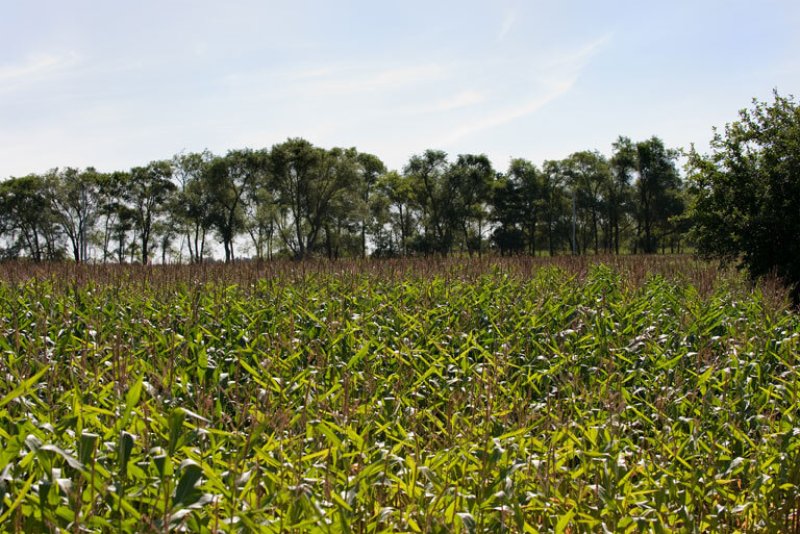Biosciences for Farming in Africa, an organization that promotes conversation around agricultural productivity in Ghana, Tanzania, Nigeria and Uganda, has recently produced a collection of essays titled Insights focused on “the grand challenge facing the best brains and entrepreneurs alike, whether in laboratories, farms, in businesses or partnerships – how will we be able to produce 70% more food sustainably, sufficient to feed a predicted population of 9 billion in 2050.”
Below is an edited excerpt from an essay titled ‘Can a growing world feed itself without genetically modified crops?’ by Brian Heap, a project leader at Biosciences for Farming in Africa and a research associate at the Centre for Development Studies at the University of Cambridge:
Global agriculture produces enough to feed everyone if we take 2,720 kilocalories (kcal) per person per day as the intake that would satisfy most people who lead a moderately active lifestyle. Yet there are still 925 million who are undernourished, or about 13 per cent of today’s world population, and nearly all live in less developed countries.
Moving large supplies of food around the world would be one possibility, but it is expensive, is often the wrong type to meet the dietary needs of those in greatest need, and adds to the burden of greenhouse gases. So if we fail to feed everyone today, what are the chances we can feed an extra 2 billion people by the middle of this century, many of whom will live in the urban areas of less developed countries? Can food be produced with new technologies? Canglobal trade be improved through better policies? Can we reduce waste so that over 30 per cent of food is saved from being discarded and instead used to feed hungry people?
Closure of the yield gap has to be one of the major opportunities for the future since the gap can be as great as 50–60 per cent in countries in Asia and South America. Accelerated breeding has become a reality through new knowledge of plant genomes, the discovery and cloning of key genes, and the use of marker genes to aid selection. Breeders have improved their understanding of the genetics of crop yield and the capacity to manipulate determining complex characters.
So while the Millennium Development Goal of halving hunger by 2015 and efforts to restrict global warming to only a 2ºC rise look to be beyond our reach, it would be foolhardy
to dismiss a genetic toolbox that has a unique role to play in feeding a growing population and reducing chronic malnutrition, particularly in less developed countries. It is no longer a Pandora’s box. It has become part of the essential kit for those whom Nobel Laureate Sydney Brenner calls “natural engineers.”
Read the full original article: Can a growing world feed itself without genetically modified crops? (PDF)
Additional Resources:
- UN’s Food and Agriculture Organization study investigates impacts of biotech in Africa, UN Food and Agriculture Organization
- Traditional farming a better solution for African countries, Guardian
- First African study on biodiversity in GM maize finds insects abundant, Environmental Entomology































